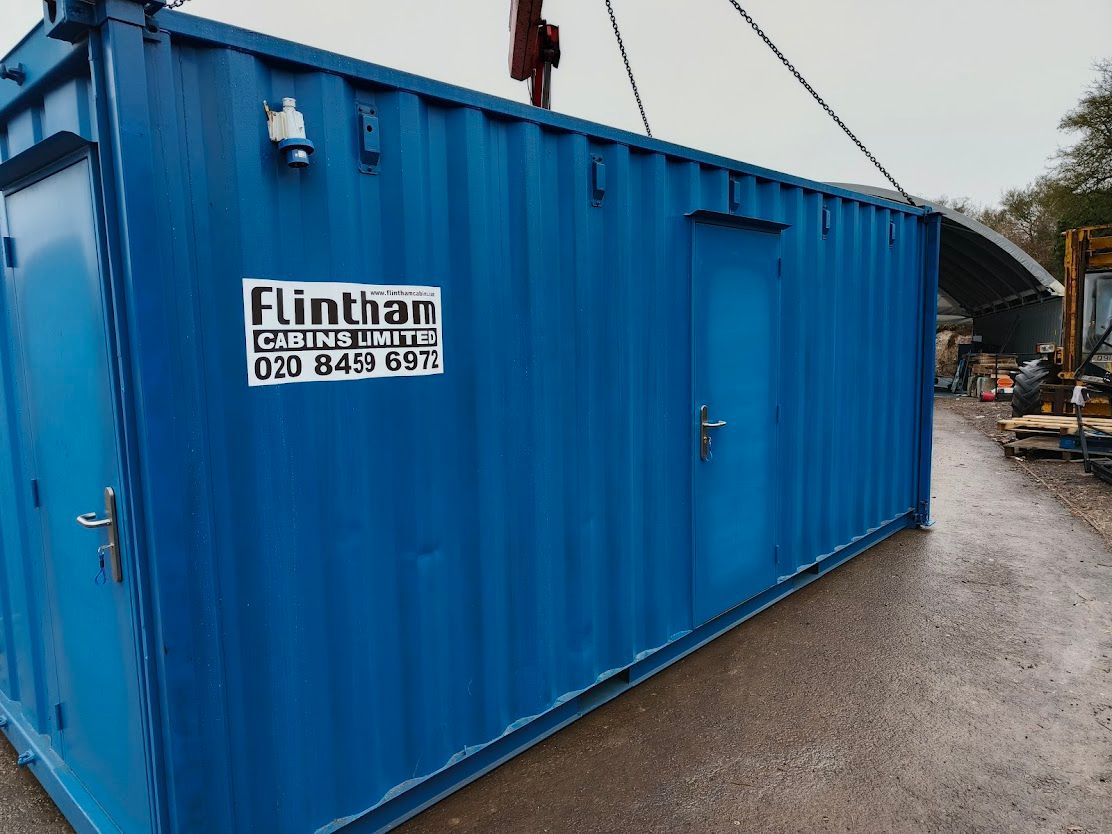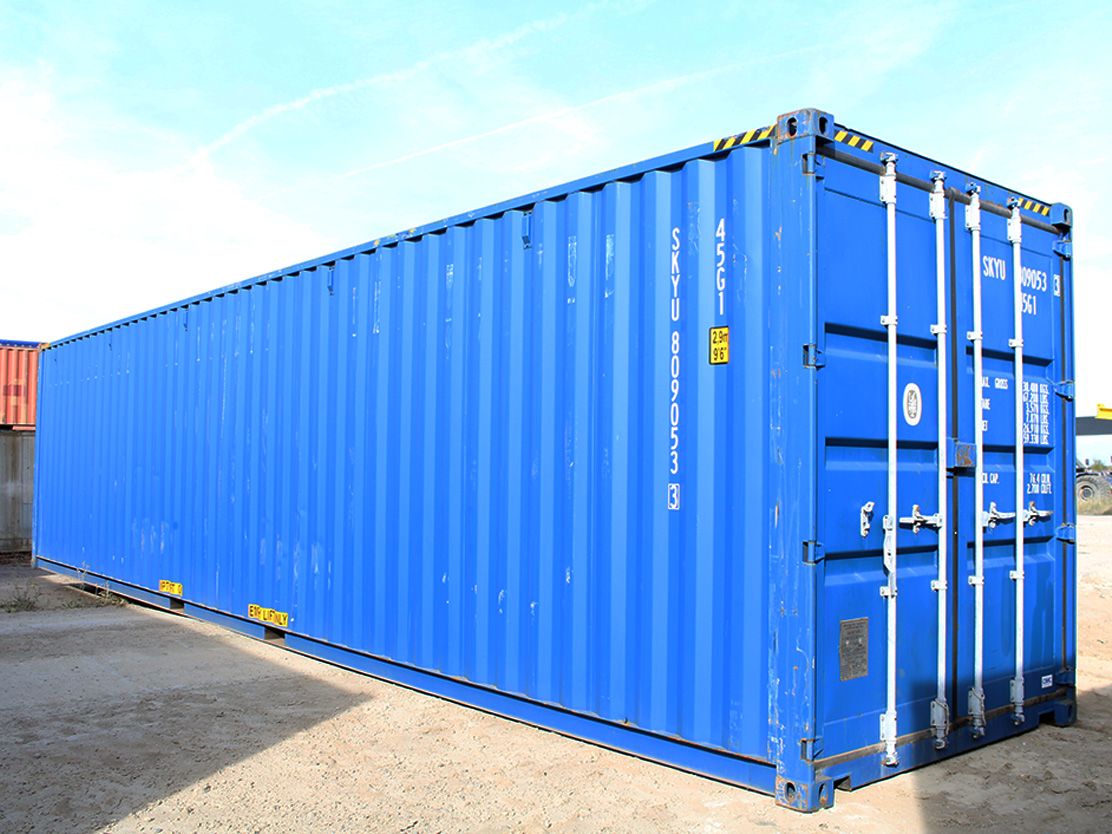Shipping container homes and workspaces are a cost-effective and contemporary alternative to standard buildings, and ideal for those wanting something a little bit different. But as they are made from different materials to usual structures, different steps and techniques must be used in the build and maintenance of these constructions.

The Importance of Ventilation
Condensation and ventilation in bespoke container homes are issues that some people struggle with. Poor ventilation can cause many problems, such as mould, rust and diseases. These are normally due to the build-up of moisture and lack of airflow, meaning that the moisture and air become trapped. If you are using a shipping container as a home, then you need to be aware of this possibility and how best to prevent it.
Poor handling of condensation can lead to damaged goods as the mould seeps through any organic materials kept in your home, so it is best that you learn some of the preventative measures that you can take for maintaining a container home in a damp climate – such as the UK.
In this blog, we will talk you through various tips for keeping mould at bay and how effective they are.

Passive Ventilation
Passive ventilation allows you to improve the airflow, without having to invest in expensive machinery and energy bills. It works by circulating air throughout a building using science. An installed passive ventilation works by using fans and thermal buoyancy to pull in fresh air and force out old stale air. This cheap method of ventilating your home will help to reduce mould and condensation.
One of the many benefits of passive ventilation systems are that they offer cleaner air automatically. The air will adjust itself, so you won’t have to faff about with dials and systems.
Fitting Vents
The cheapest and easiest way to improve airflow is to fit vents into your container. Simple vent openings fitted into opposite walls create cross ventilation, allowing air to flow into, through, and out of the building. WhirlyBird roof vents will allow rising warm air to escape which is vital for combating condensation and steam.
A WhirlyBird vent works by creating a vacuum to suck out warm, steamy air and push it out of your roof. Issues with WhirlyBirds include the fact that if any kind of debris gets caught in them, they will malfunction. They’re also ineffective unless there is wind, as the vacuum is created using wind power to spin the turbine to draw out the hot air – this is useful in the winter for getting rid of condensation, but not very useful for expelling heat in the summer.
On the other hand, they’re quite resistant to rain.

Design Tricks
Another straightforward way to encourage ventilation is by being clever with the design of your container. Strategically placing windows just beneath the roof will allow hot air to escape and reduce the humidity, keeping the building cool and dry. We have plenty of options for containers with windows so that you can keep your container fresh and clean if it’s going to be in regular use.
We can create bespoke containers if you’re hoping to get creative with your steel container purchase.
Condensation Meters
Another trick to keeping your container free from mould is to invest in a condensation meter. Keeping one of these cheap devices in your container will enable you to measure when condensation is more likely to happen, thus indicating that you need to open a window or door until the humidity drops again.

Mechanical Ventilation
When passive ventilation is not enough, there are mechanical ways to improve the airflow in a container building. This requires electricity, however, and is more complicated than the previous methods of ventilation that we have discussed – as a result, you can expect to pay more to install mechanical solutions in your storage container.
Extractor Fan
This is a common type of fan used in brick buildings and containers. It blows the air from inside the room, out. Fitted high on an outside wall, it is good for damp and humid rooms. It is very effective because it is aided by electricity. Unlike the WhirlyBird vents, the effectiveness of an extractor fan won’t be affected by the strength (or lack) of the wind. An extractor fan is good if you know that you’re going to need reliable and strong ventilation in your container.
Supply Ventilation
This type of fan works in the opposite way to an extractor and blows fresh air into the container. These are good for regulating the temperature and typically work alongside passive ventilation. Like an extractor fan, supply ventilation requires electricity to run so it will be more expensive to run than passive ventilation solutions.
Balanced Ventilation
This is the most expensive type of ventilation, but it is also the most effective. These systems both pump in fresh air and blow out the air from inside. Essentially, a balanced ventilation system combines a supply ventilation machine with an extractor fan, and engineers the two to work in harmony to provide the best ventilation for your home or container.
At Flintham Cabins, we supply the best container homes and units, including new steel units in London and second hand shipping containers for sale. Contact us now to find out more about our high-quality containers.







